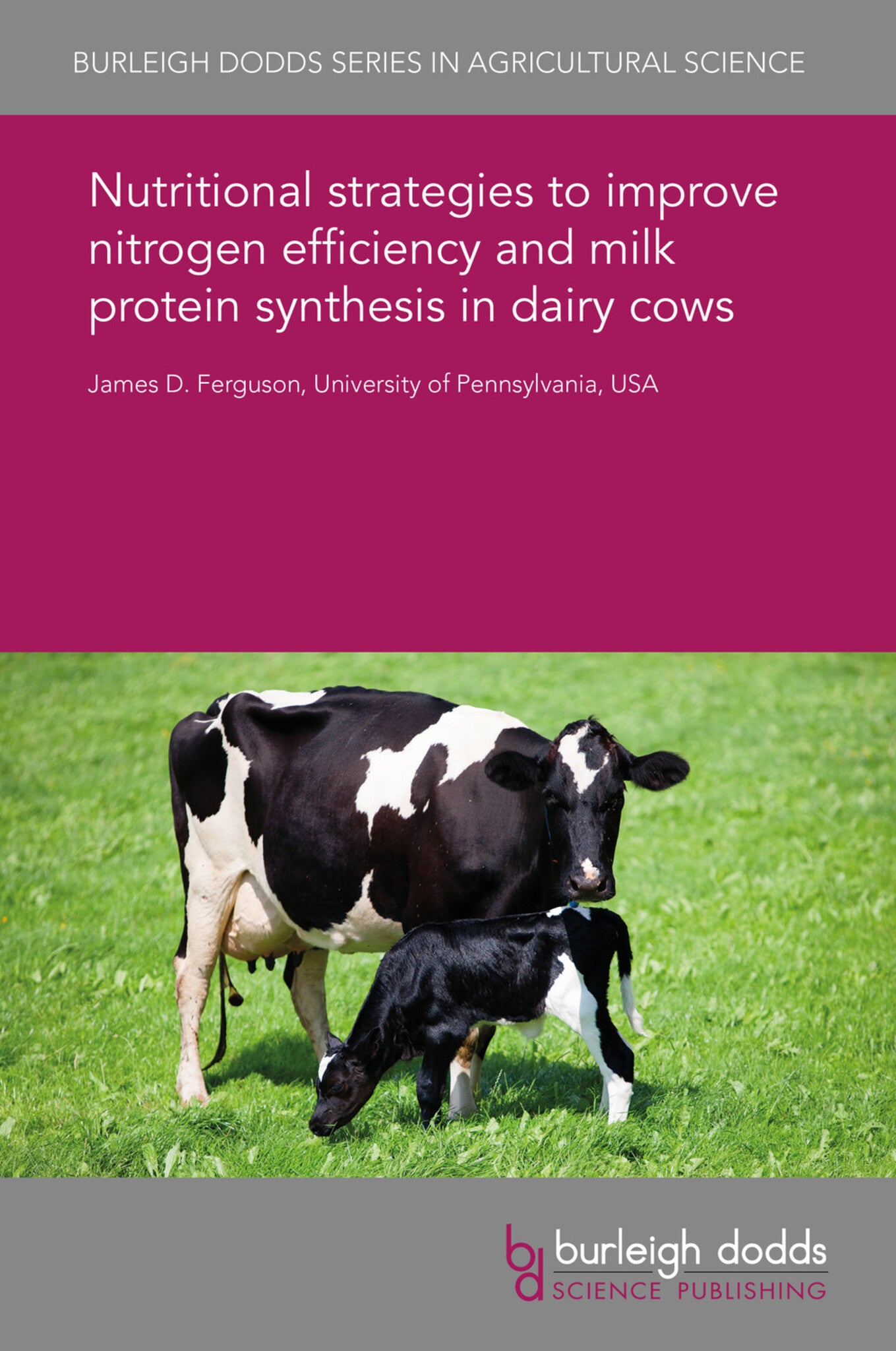We're sorry. An error has occurred
Please cancel or retry.
Nutritional strategies to improve nitrogen efficiency and milk protein synthesis in dairy cows

Some error occured while loading the Quick View. Please close the Quick View and try reloading the page.
Couldn't load pickup availability
- Format:
-
21 November 2016


TECHNOLOGY & ENGINEERING / Agriculture / Sustainable Agriculture, Dairy farming, TECHNOLOGY & ENGINEERING / Agriculture / Animal Husbandry, Sustainable agriculture, Animal breeding

1 Introduction: the importance of reducing nitrogen losses in dairy farming 2 Protein in milk: protein content, determining factors and method of synthesis 3 Abomasal and duodenal infusion studies 4 Ideal amino acid profile 5 Central issues in estimating rumen microbial protein synthesis 6 Additional factors in estimating microbial protein synthesis 7 The metabolisable protein requirements of dairy cows 8 Milk urea nitrogen as a diagnostic tool 9 Designing rations to improve N efficiency in dairy cows 10 From research trials to real farm applications 11 Conclusion 12 Where to look for further information 13 Glossary of abbreviations 14 References



